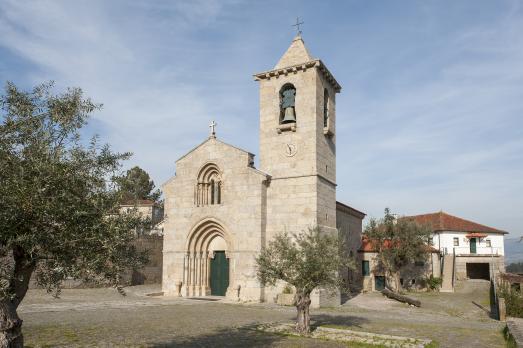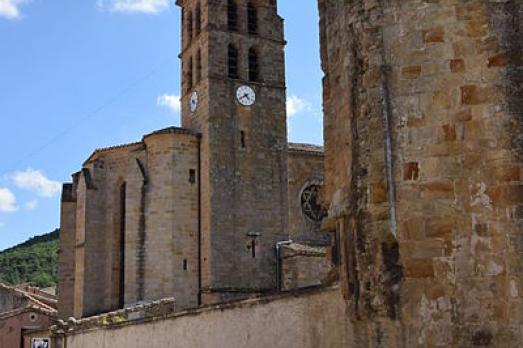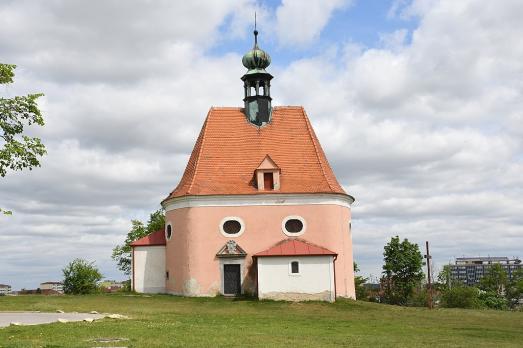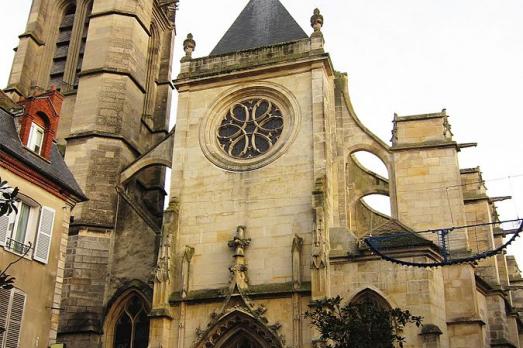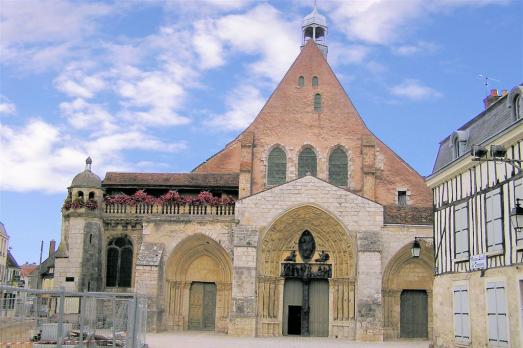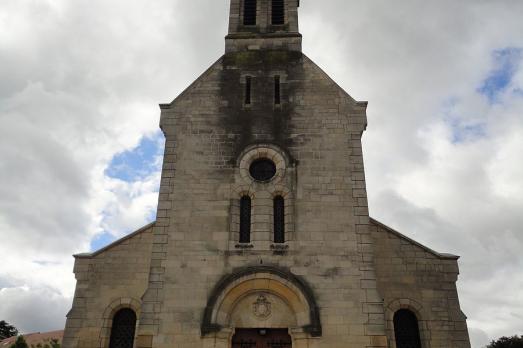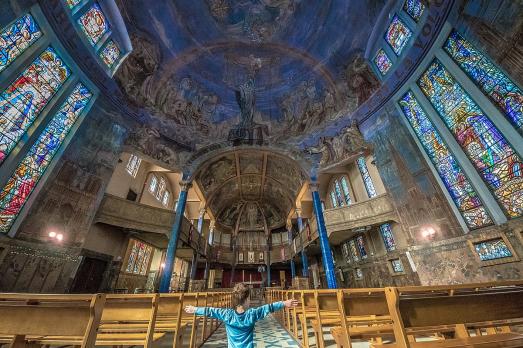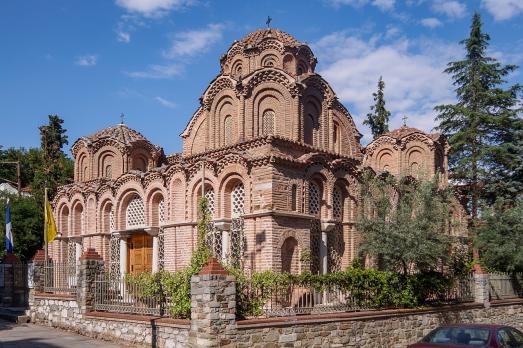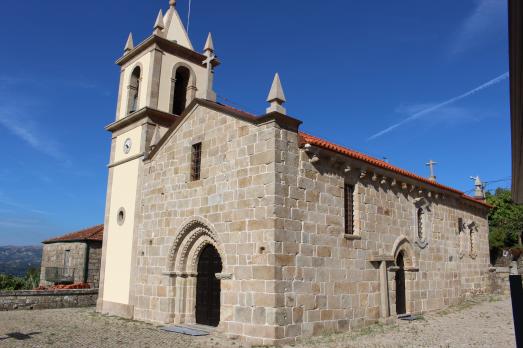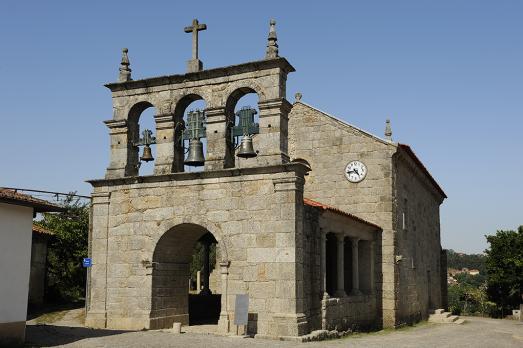
Church of Saint Andrew of Telões
Amarante, PT
In the 14th century, Telões already emerged as a parish church, raised to the category of a monastic seat, which has disappeared in the meantime. Profoundly changed over the centuries in response to new tastes and new liturgies, we must situate its Romanesque construction at the turn of the 12th to the 13th century. The subsequent transformations (denounced by several scars along the walls of the nave), the edification of the church porch and vestry, or even the opening of large rectangular windows in the sidewalls, produced a profound modification of the medieval spatiality. However, one of the most significant transformations to this Church occurred in the 16th century, resulting in a widespread campaign of mural painting, although today we can only appreciate the one on the back wall of the nave, depicting the Nativity scene. In the 17th and 18th centuries, the Church of Telões was endowed with new altars and altarpieces (main, two collateral and two lateral), which combine the Mannerist and Baroque styles with contemporary interventions.
